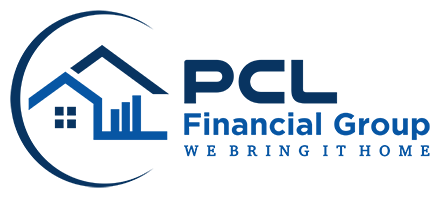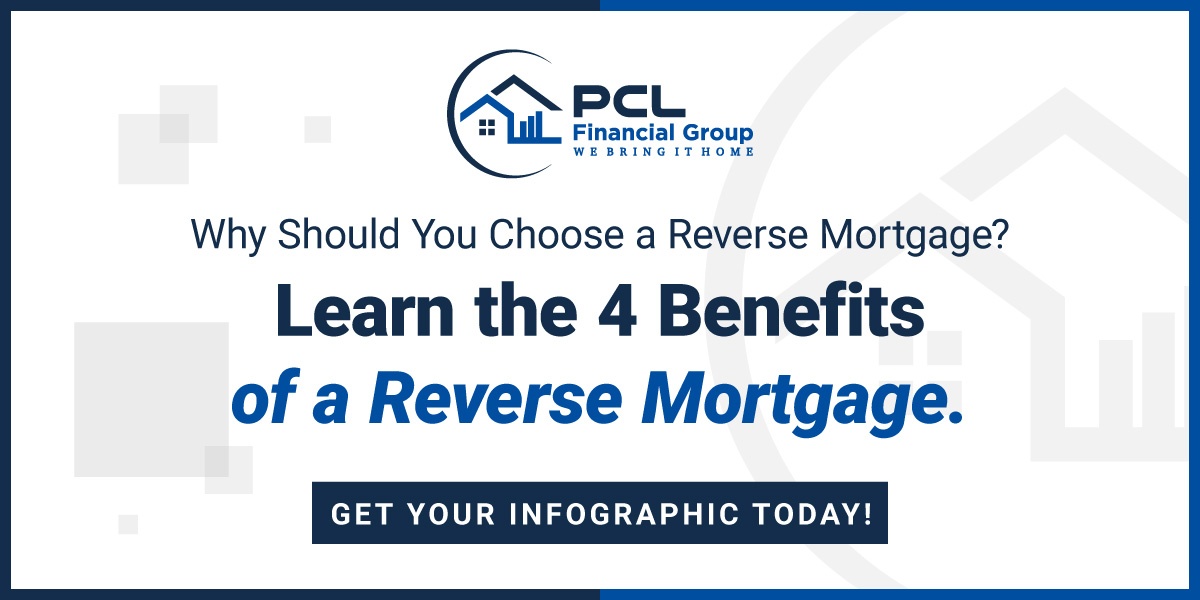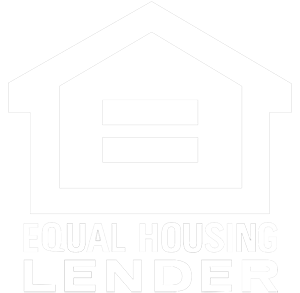Reverse Mortgage Guidelines: What You Need to Know

Reverse mortgages have been helping retirees secure and save for retirement for five decades. However, with each type comes certain reverse mortgage guidelines to consider, such as payment requirements, eligibility, and how members can use their home equity funds. With three loan options to choose from, it can be daunting for retirees to decide which reverse mortgage choice is best for them. Let’s clear these concerns together by reviewing the common types of reverse mortgages and reverse mortgage guidelines needed for these loans.
Reverse Mortgages Explained! Learn about reverse mortgages with our helpful infographic.
Summarizing the 3 Types of Reverse Mortgages
Home Equity Conversion Mortgage (HECM)
HECMs are government-insured reverse mortgage loans offered by the Federal Housing Administration that allow homeowners to convert home equity into usable funds. Known as nonrecourse loans, HECMs present less risk than other types of reverse mortgages by having many government policies to protect members as well as guidelines that borrowers must only pay their home’s equity to settle the loan. Once any existing mortgages are paid off, borrowers are then free to spend the remaining money however they please. While HECMs don’t require monthly mortgage payments, homeowners who abdicate monthly payments also risk such interests building onto their whole loan balance. Borrowers who pay monthly gain the opportunity to reduce additional interest, fees, and principal onto their final HECM payment. As with most reverse mortgages, HECMs must be paid off entirely upon the borrower moving out, selling, or passing away. In cases where the homeowner dies before settling the home loan, their heirs can pay off the reverse mortgage by either selling or buying the home for whichever is less—the loan total or 95% of the home’s appraisal value—or just walk away by signing the deed over to the lender. Even if the home sells below the loan value, borrowers needn’t worry, as FHA Insurance covers the difference to ensure the property and payment is closed.
Proprietary
Proprietary reverse mortgages are private loans offered and insured by private lenders that allow homeowners to turn part of their home equity into funds. Though similar to HECMs in that borrowers can freely use these funds, proprietary reverse mortgages aren’t government-insured. As a result, proprietary reverse mortgages aren’t forced to abide to FHA lending limits, thus enabling homeowners access to more equity savings without upfront fees. This factor particularly favors members with significant appraisal values that wish to take advantage of those funds for potential retirement savings or emergencies.
Reverse for Purchase
Reverse for purchase are reverse mortgages that allow members to buy a home using proceeds from the loan process through one transaction. While Reverse for Purchase loans eliminate future mortgage interest payments for homebuyers, the loans typically require buyers to supply 40-50% of the home’s cost as a down payment. However, the loan simultaneously resolves such payments by enabling homeowners to borrow 50-60% against the property’s home equity, completing their home purchase in one motion. Although Reverse for Purchase loans are great for retirees looking to downsize or move near family, these reverse mortgages restrict members’ use of funds to one payment: home purchase.
Federal Requirements to Obtain a Reverse Mortgage
Despite the differences between the three types of loans, overall reverse mortgage guidelines stay the same across the board. To qualify and apply for any reverse mortgage, members should consider these general reverse mortgage guidelines:
Age Guidelines: Reverse mortgage guidelines state that qualified members must be 62 years or older. (55 in some states) to apply for any type of reverse mortgage loan.
Financial Guidelines: Qualified members looking to take out a reverse mortgage must determine whether their home has enough equity to satisfy or meet the loan. Generally, homes must have at least 50% equity accumulated to use a reverse mortgage. On top of home equity, homeowners that establish a reverse mortgage must continue paying property taxes, homeowners' insurance, and overall maintenance on their home. For this reason, members must budget and manage their reverse mortgage funds to account for additional property payments.
Housing Guidelines: While members can completely own their homes or have a current existing mortgage, all reverse mortgage guidelines stipulate that the property used for equity must be the homeowner’s primary/permanent residence for at least 1 year. This restriction guarantees to lenders that members are the property owners and will uphold all home maintenance, care, and payments.
Let PCL Help Guide Your Retirement
Whether you decide on an HECM, reverse for purchase or proprietary reverse mortgage, establishing that you meet all reverse mortgage guidelines is crucial before taking on such a loan. Although meeting age requirements takes time, homeowners that start planning now can take steps to pay off property debts or maintenance issues that could affect their home equity later on.
Alone, preparing your property and personal finances to meet reverse mortgage guidelines and retirement goals can seem intimidating. Thankfully, PCL Financial Group’s team of professionals ensures you don’t have to struggle solo, offering excellent expertise in incorporating reverse mortgages into long-term financial plans. Ready to get started? Contact us at PCL Financial Group today.




